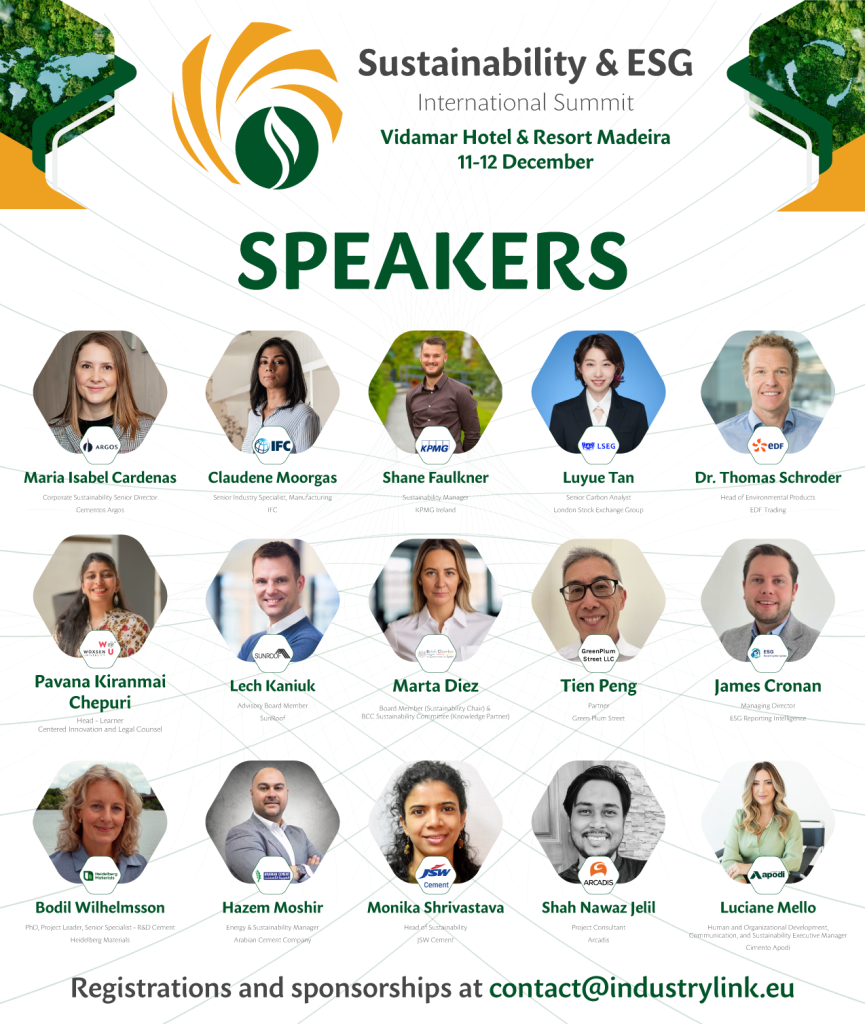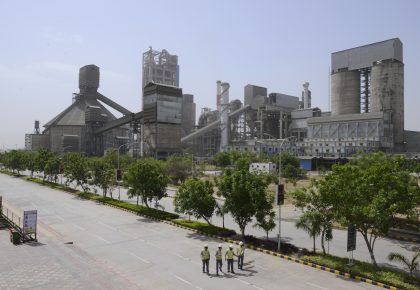
Sweden, Romania and Brazil speakers share insights for corporate sustainability
The Sustainability and ESG International Summit (11-12 December, VidaMar Resort Hotel Madeira, Portugal) presents another cohort of speakers exploring essential aspects ranging from technology to governmental actions and company integration of ESG principles – see who confirmed sharing on these aspects below and register now as places are limited !
How Building-Integrated Solar Can Shape the Future of Sustainable Construction and Real Estate: Lech Kaniuk, Co-founder and CEO, SunRoof
With the European Union aiming for climate neutrality by 2050, the construction and real estate sectors are at the forefront of the sustainability challenge. Buildings are responsible for 40% of the EU’s energy consumption and 36% of CO2 emissions, making the transition to energy-efficient and renewable energy solutions critical. Building-Integrated Photovoltaics (BIPV), a technology that seamlessly integrates solar energy generation into the structure of buildings, offers a transformative solution for both new constructions and the retrofitting of older buildings.
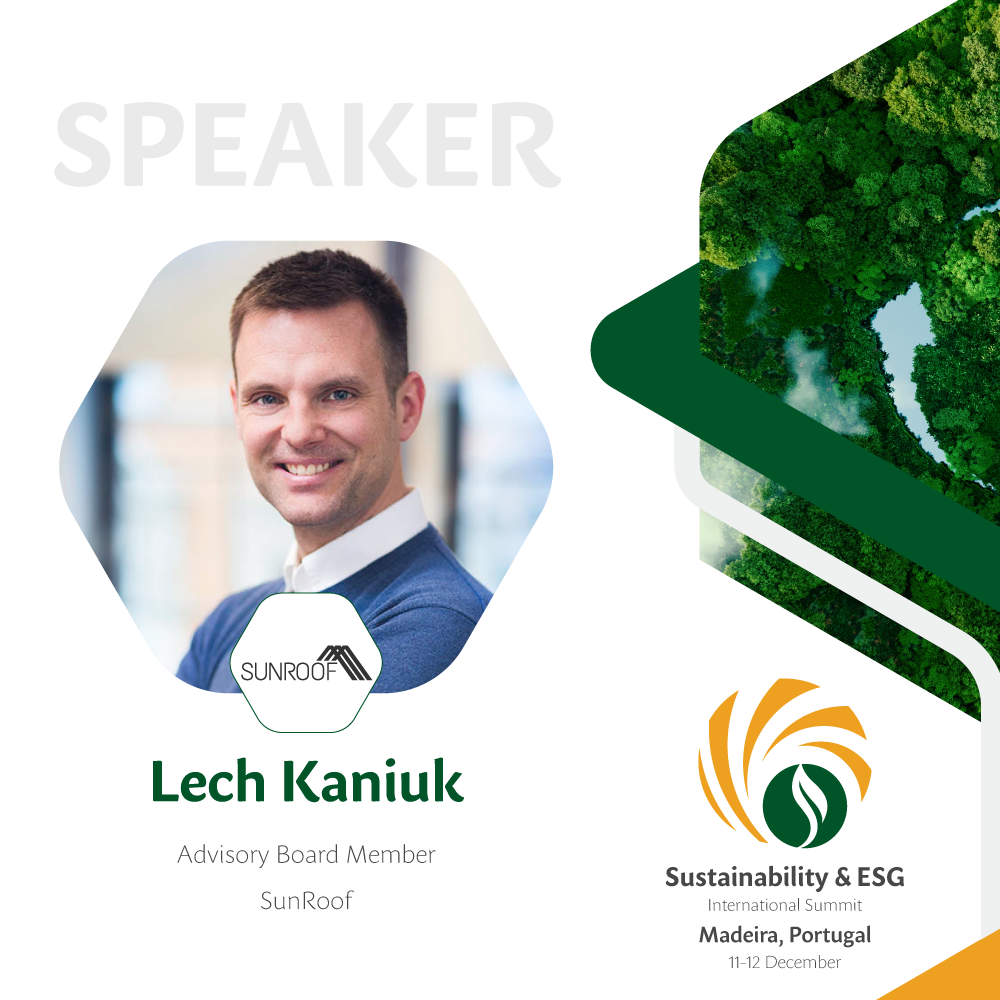
In this presentation, Lech Kaniuk, Founder of SunRoof, will explore the essential role that BIPV can play in reducing the environmental impact of both new and existing buildings. As Europe faces the challenge of retrofitting an aging building stock—75% of buildings were built before 2000 and are not energy efficient—BIPV offers a solution that can decarbonize the construction process and significantly reduce operational emissions over the long term.
Key themes to be discussed include:
- Retrofitting Existing Buildings: With most buildings expected to remain in use beyond 2050, retrofitting them with building-integrated solar systems is a practical, scalable solution. BIPV allows older buildings, which often cannot support the weight of traditional solar panels, to benefit from renewable energy through a lighter, integrated design.
- New Constructions with Lower CO2 Footprint: For new builds, BIPV can replace traditional roofing and façade materials, reducing the need for carbon-intensive building materials like concrete or metals. This significantly lowers the CO2 footprint during construction while offering aesthetic flexibility that aligns with modern architectural design.
- Accessibility and Financial Viability: BIPV is no longer a niche, premium solution. With support from EU funding initiatives, national incentives, and financing models, it has become accessible to a much wider market, helping developers, property owners, and governments meet sustainability and energy performance standards.
- Long-Term Sustainability: The integration of solar into building materials not only improves energy efficiency but also creates durable, long-lasting solutions that align with the EU Renovation Wave, which targets the renovation of 35 million buildings by 2030.
- Aesthetic and Structural Benefits: BIPV allows for the seamless incorporation of solar panels into the architecture, maintaining the aesthetic integrity of buildings while contributing to the overall sustainability goals.
Lech will also provide real-world examples of how BIPV systems are being used to address key challenges in both urban and rural developments, enhancing energy efficiency without compromising on design or cost-effectiveness.
This session will offer attendees valuable insights into how building-integrated solar can help create sustainable living environments, reduce the carbon footprint of construction, and contribute to the overall energy transition. BIPV represents a critical technology for the future of construction and real estate, making it possible to meet regulatory demands while designing for a more sustainable world.
Romanian Sustainability Code – A strategic tool for sustainability reporting: Gabriela Ciulacu Bitan, Senior Policy Officer at the Department of Sustainable Development within the Chancellery of the Prime-Minister of Romania
The Department of Sustainable Development has created the Romanian Sustainability Code to enhance transparency and comparability in reporting data and to encourage entities to voluntarily disclose their non-financial information. The platform offers 20 criteria and GRI indicators as a framework for preparing sustainability reports. Once a questionnaire is completed, users can download the report for submission as non-financial statement or upload it to their websites.
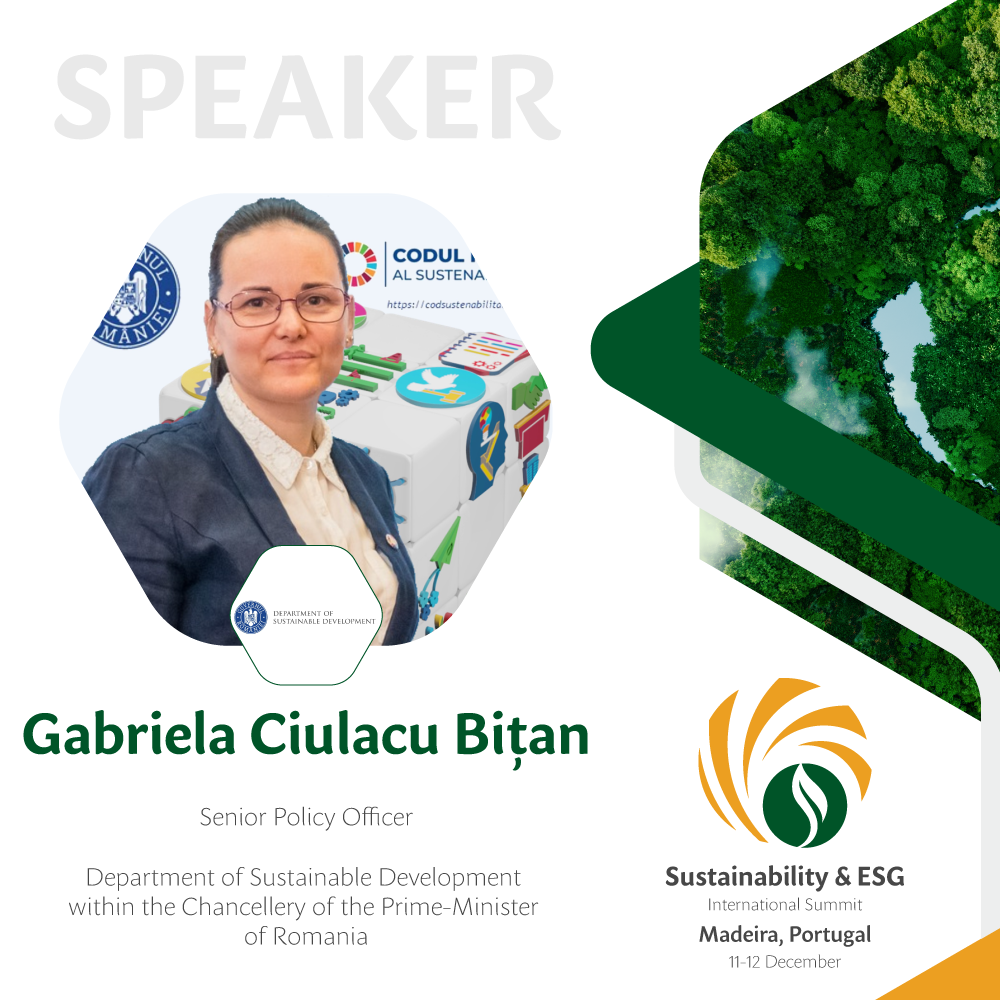
Additionally, the Romanian Sustainability Code serves as a resource for those seeking best practices in sustainability and for business leaders who consider an entity’s commitment to sustainability in their commercial decision-making and partnering. It also supports companies of all sizes in preparing for the Corporate Sustainability Reporting Directive (CSRD), since the first companies subject to the new rules must report starting 2025, for the financial year 2024. The platform will be updated in 2025 to better align with CSRD requirements. Access the platform at https://codsustenabilitate.gov.ro/.
Change Management: A Strategic Pillar for Corporate Sustainability: Luciane da Silva Mello, Human and Organizational Development, Sustainability Executive Manager, Cimento Apodi
This presentation will discuss how change management is essential for turning corporate sustainability strategies into tangible and lasting impacts. We will explore how leaders can guide their organizations through successful transformational processes, connecting a regenerative vision with practical execution.
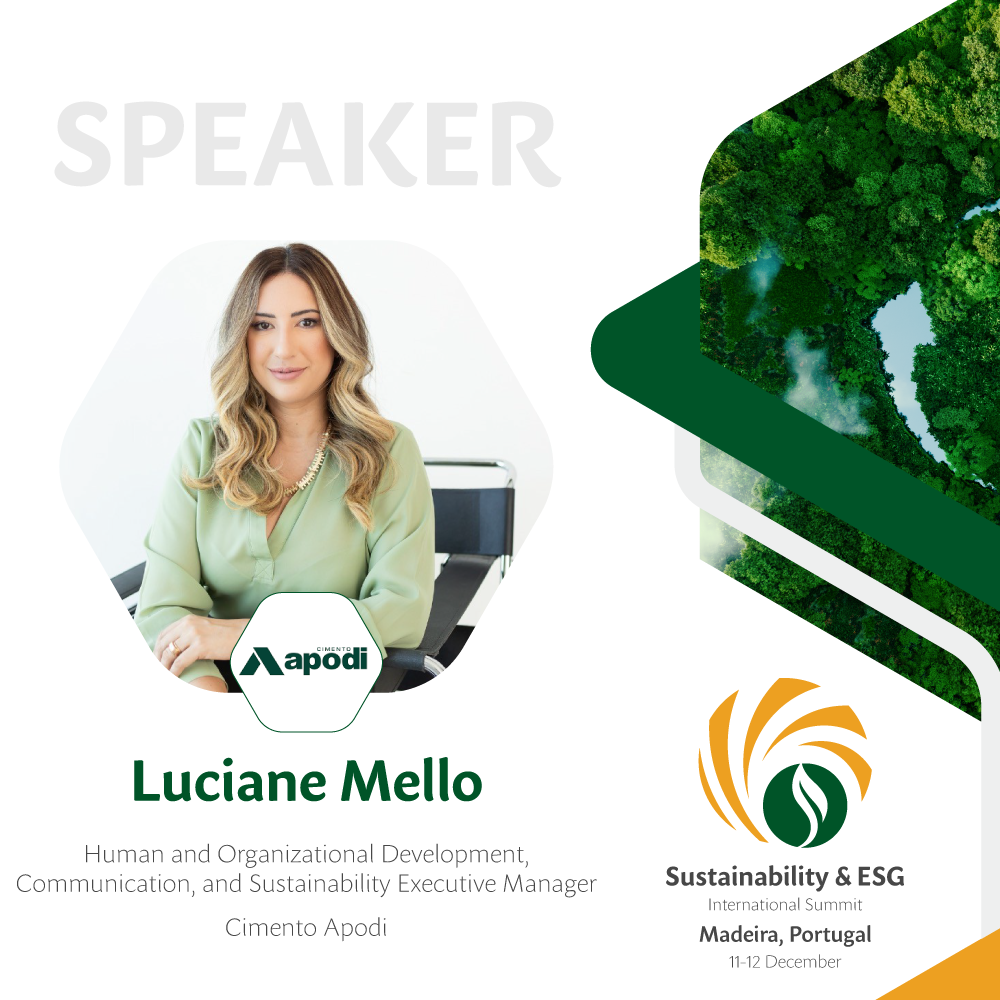
We will delve into the stages of the ADKAR model to illustrate how to inspire the desire for change, foster knowledge, and ensure sustainable new practices are effectively embedded. Attendees will gain insights into preparing their teams for innovation and adaptation in an ever-changing world, emphasizing that a regenerative approach is not just reactive but constructive and legacy-focused.
